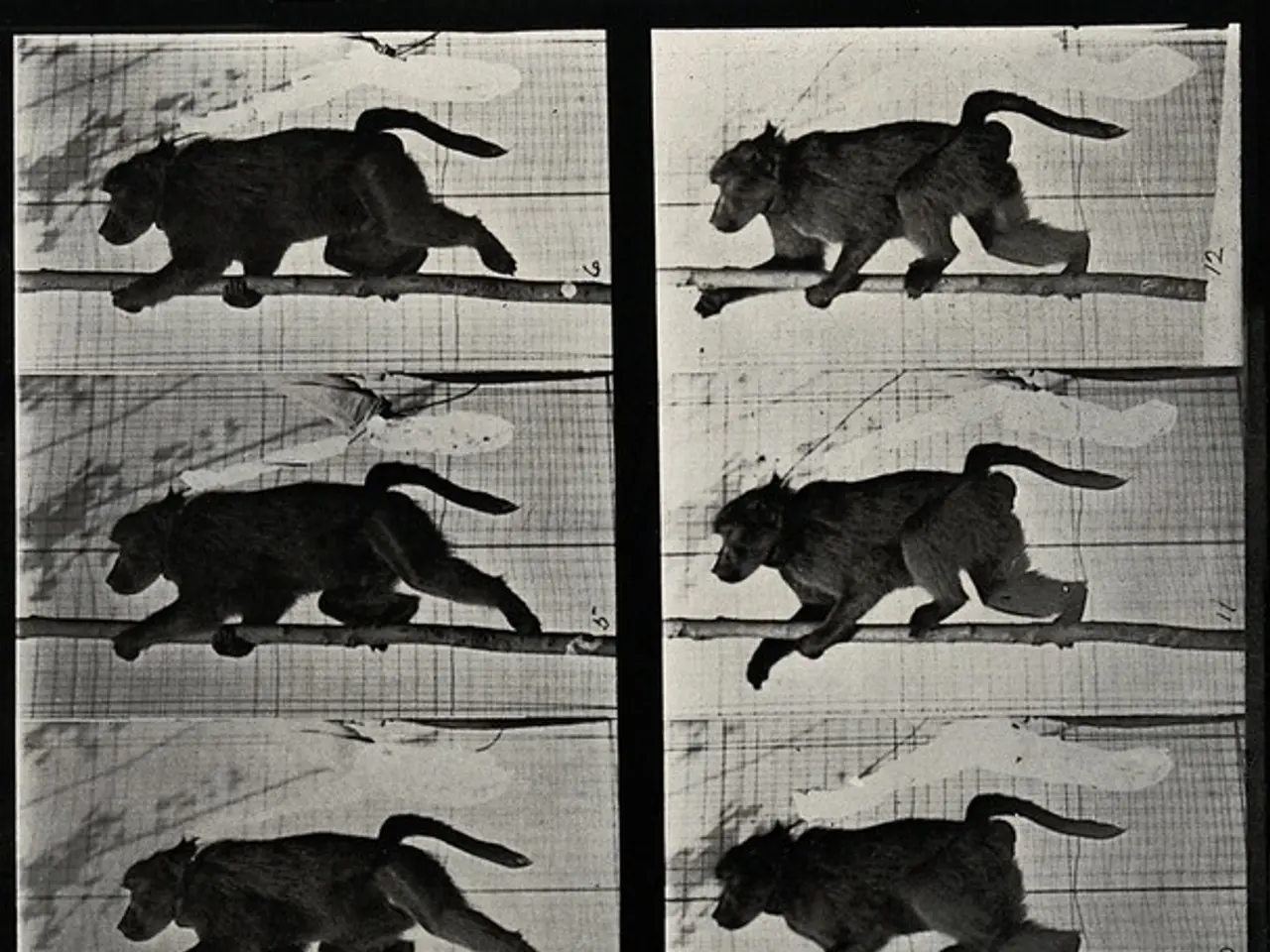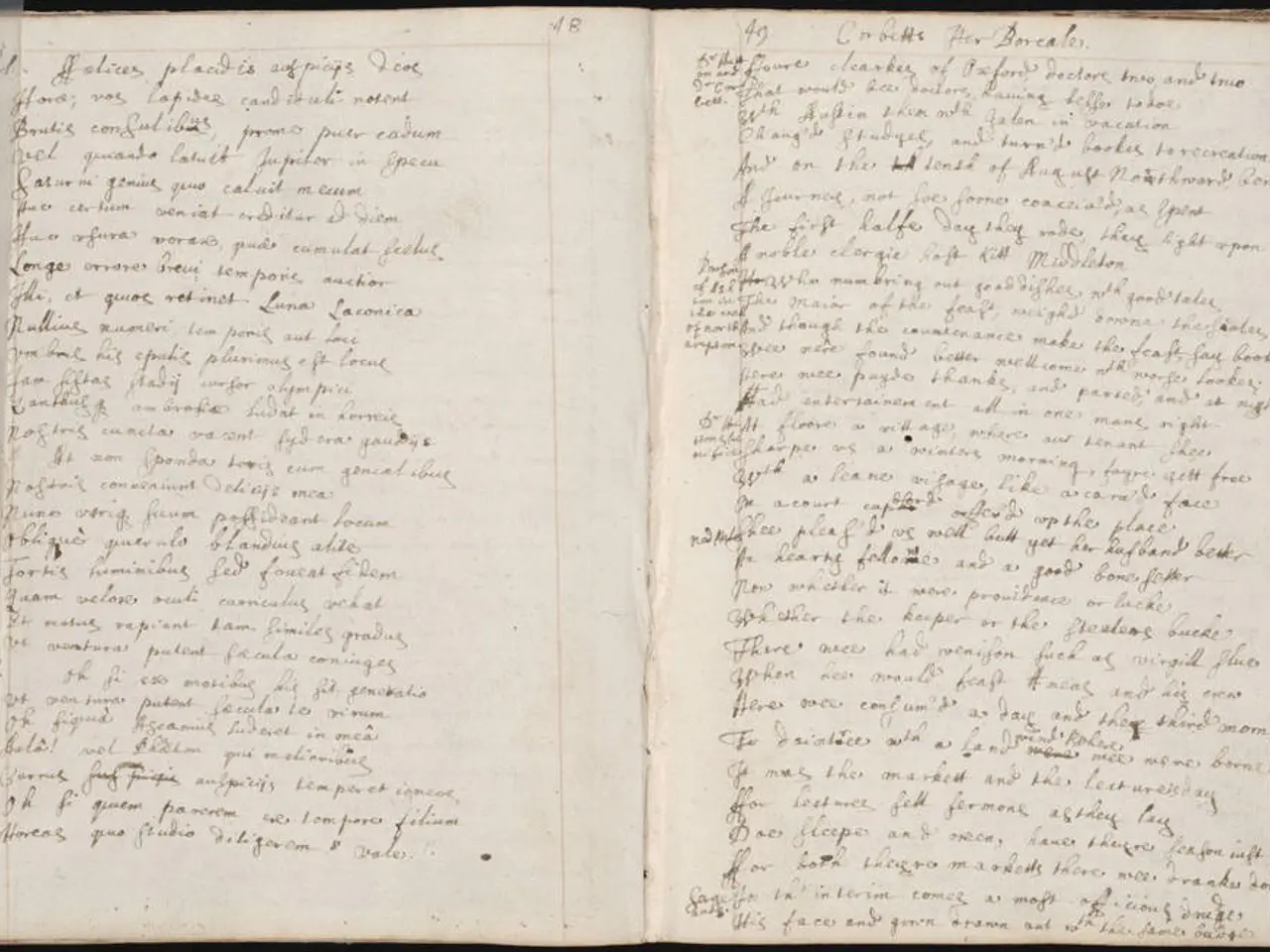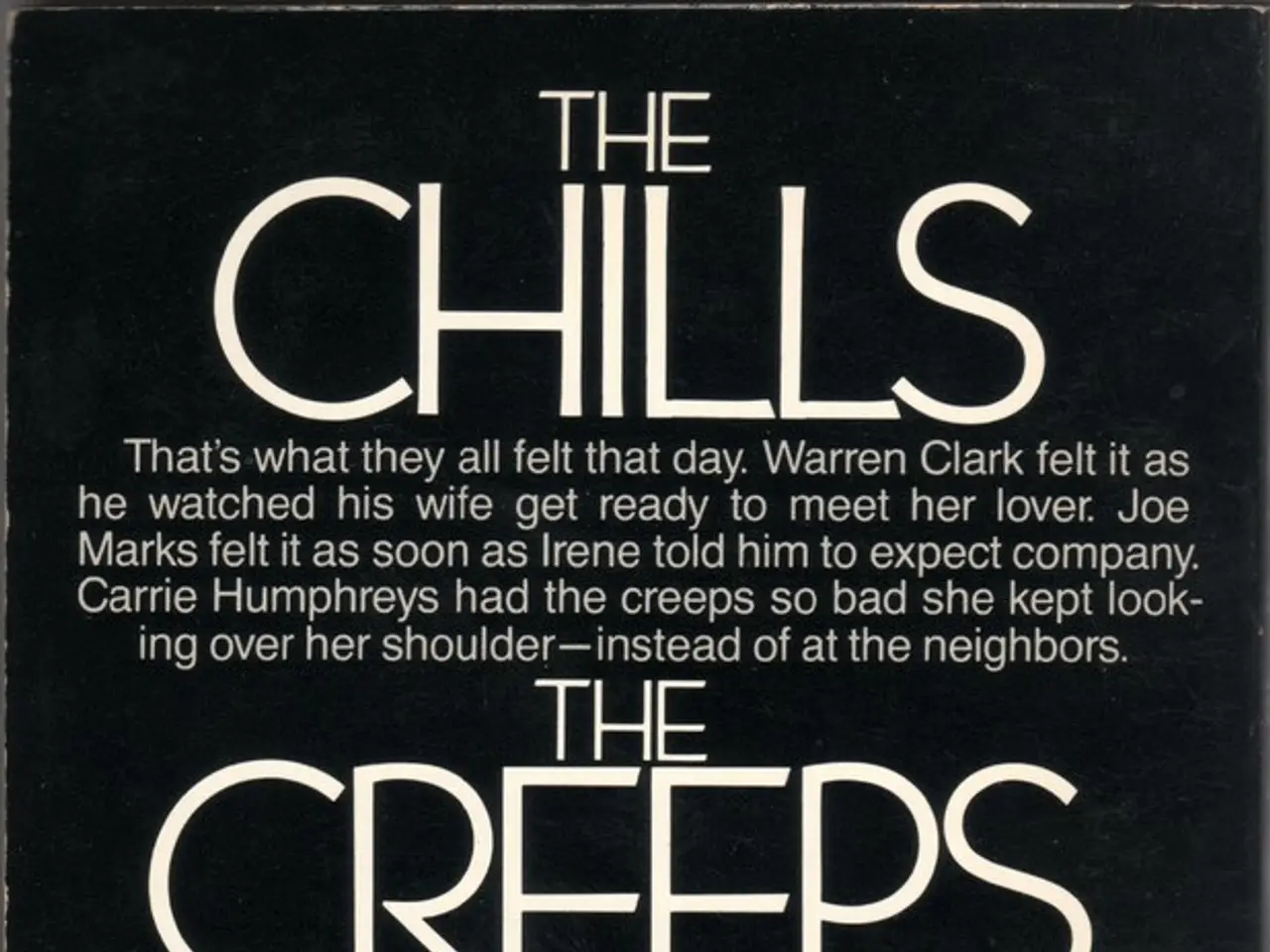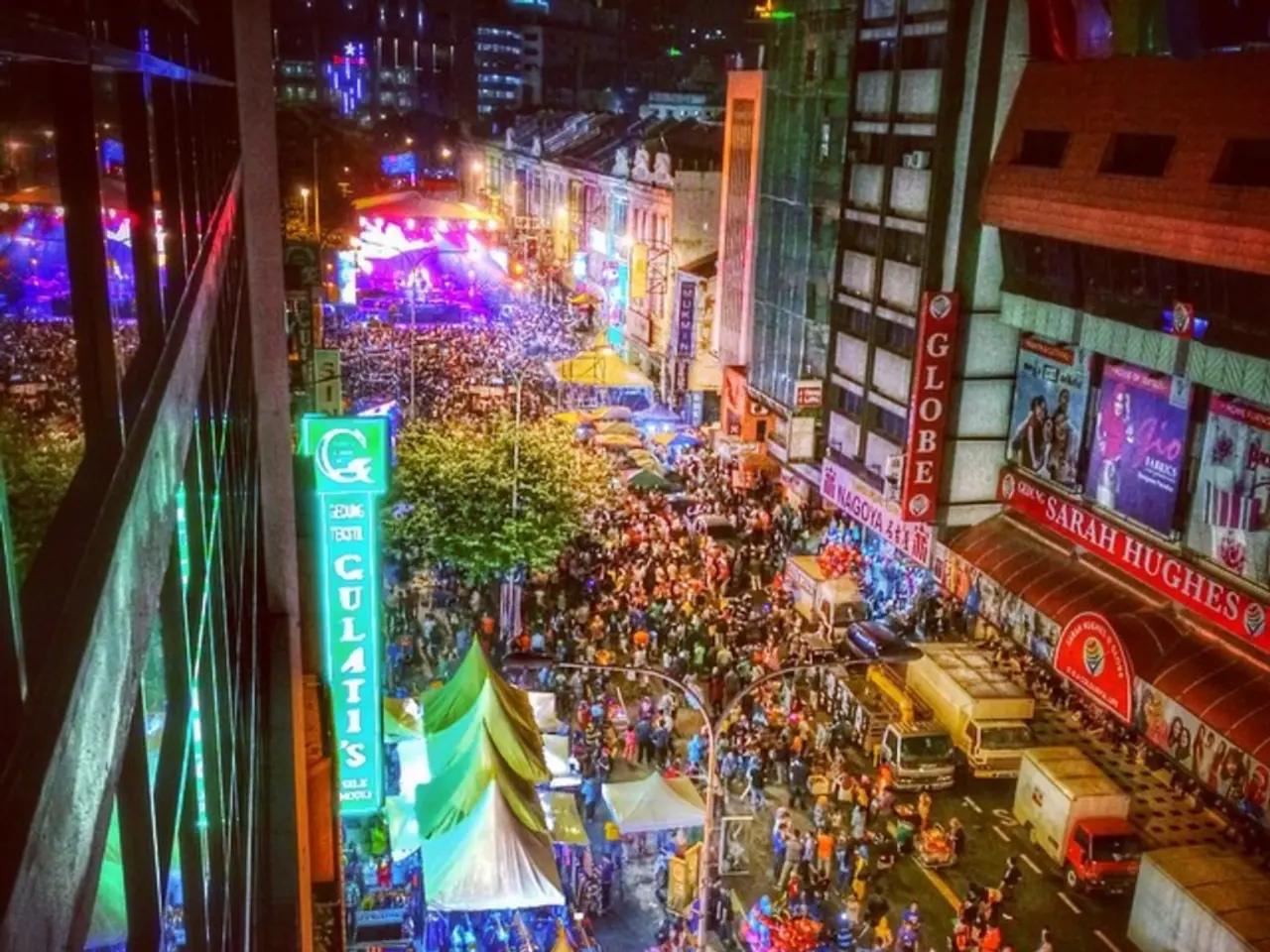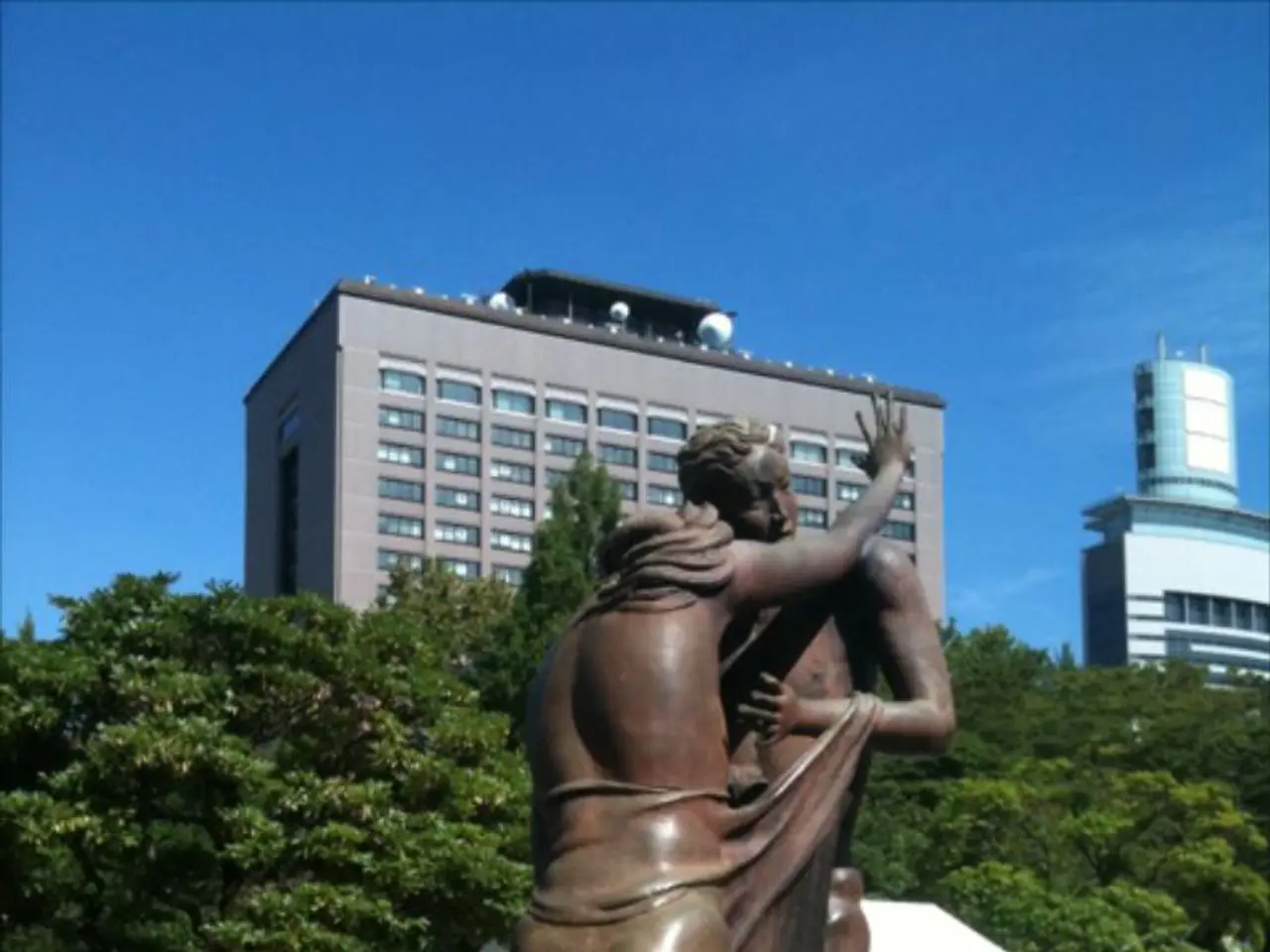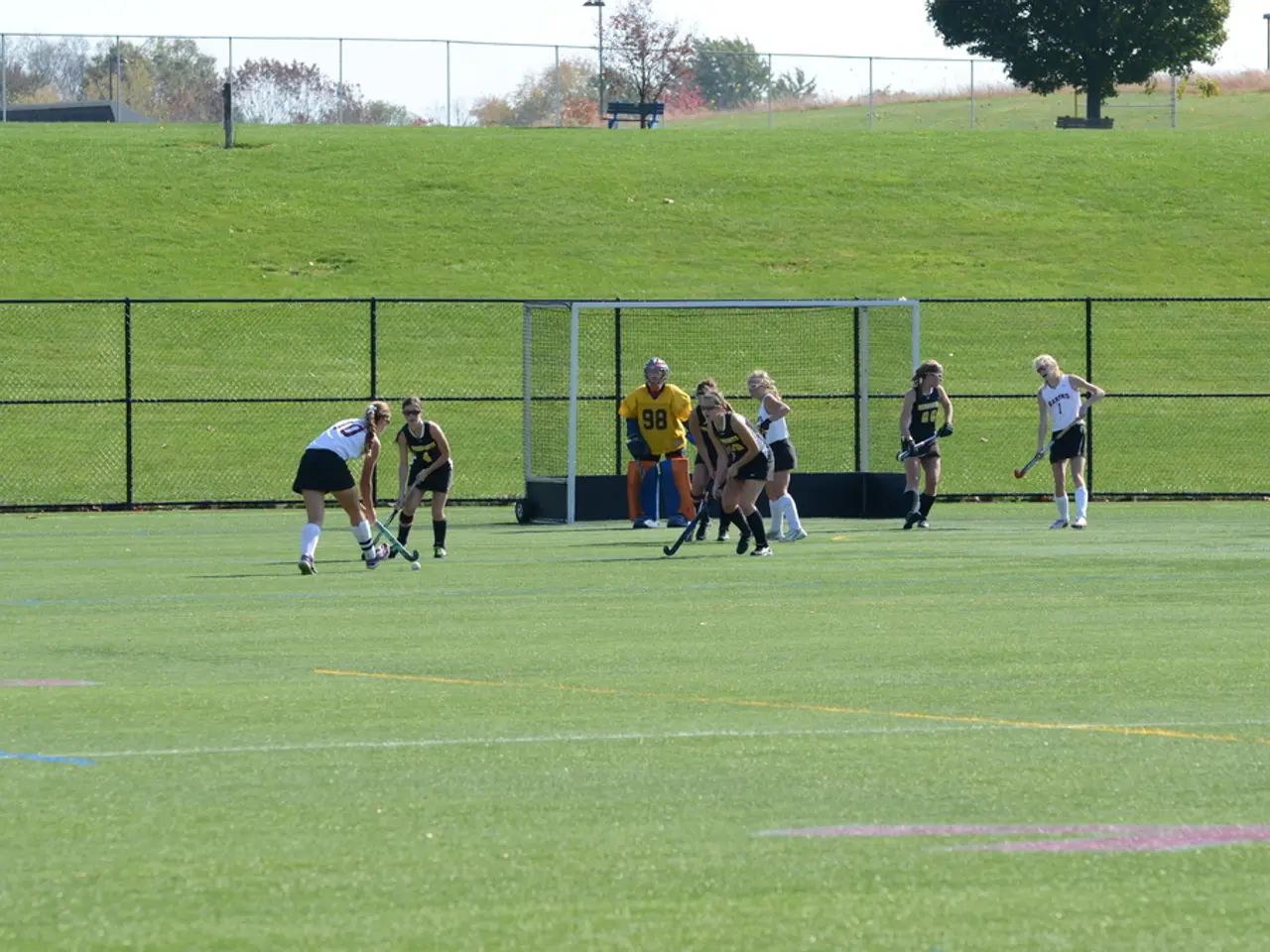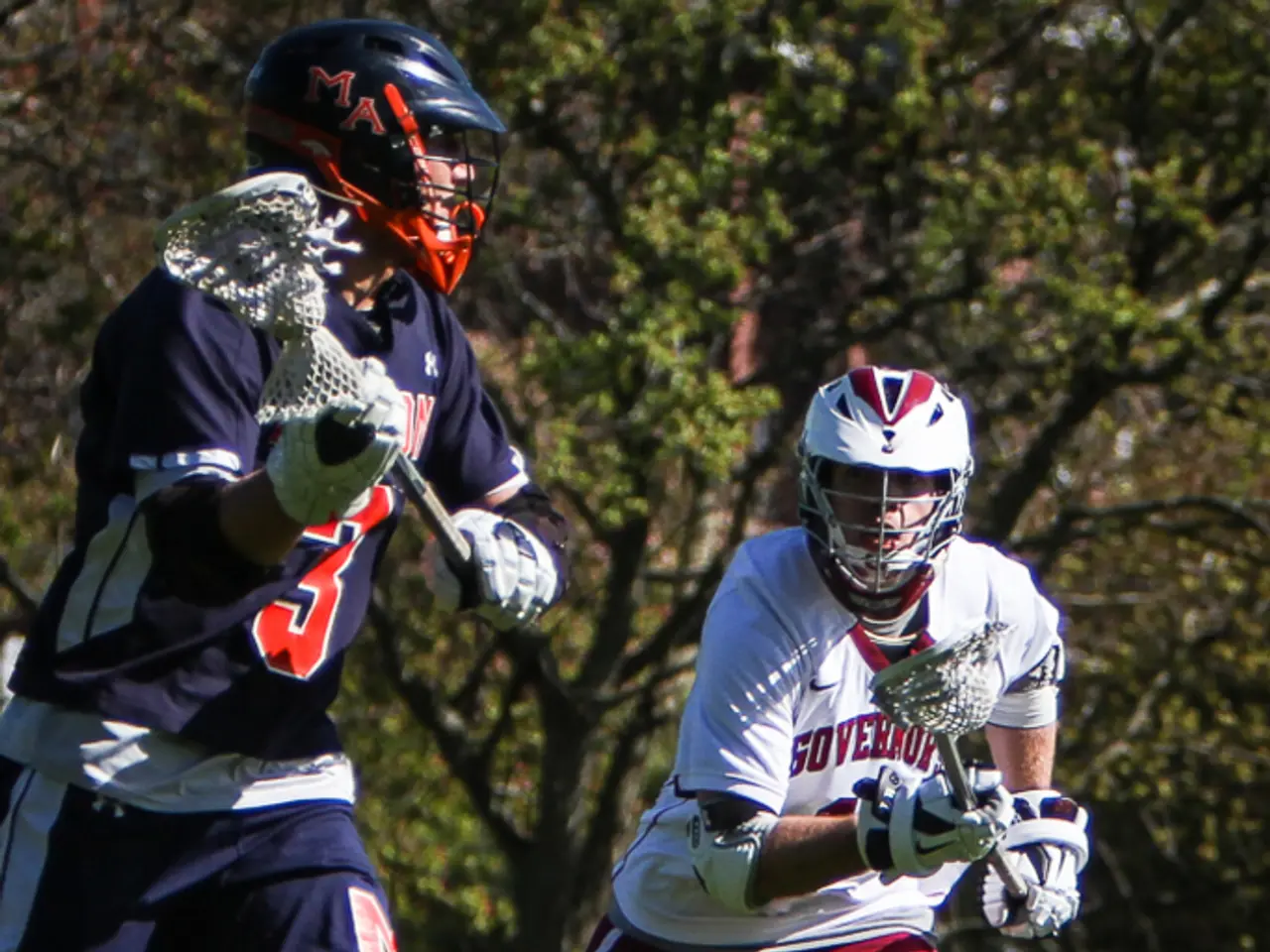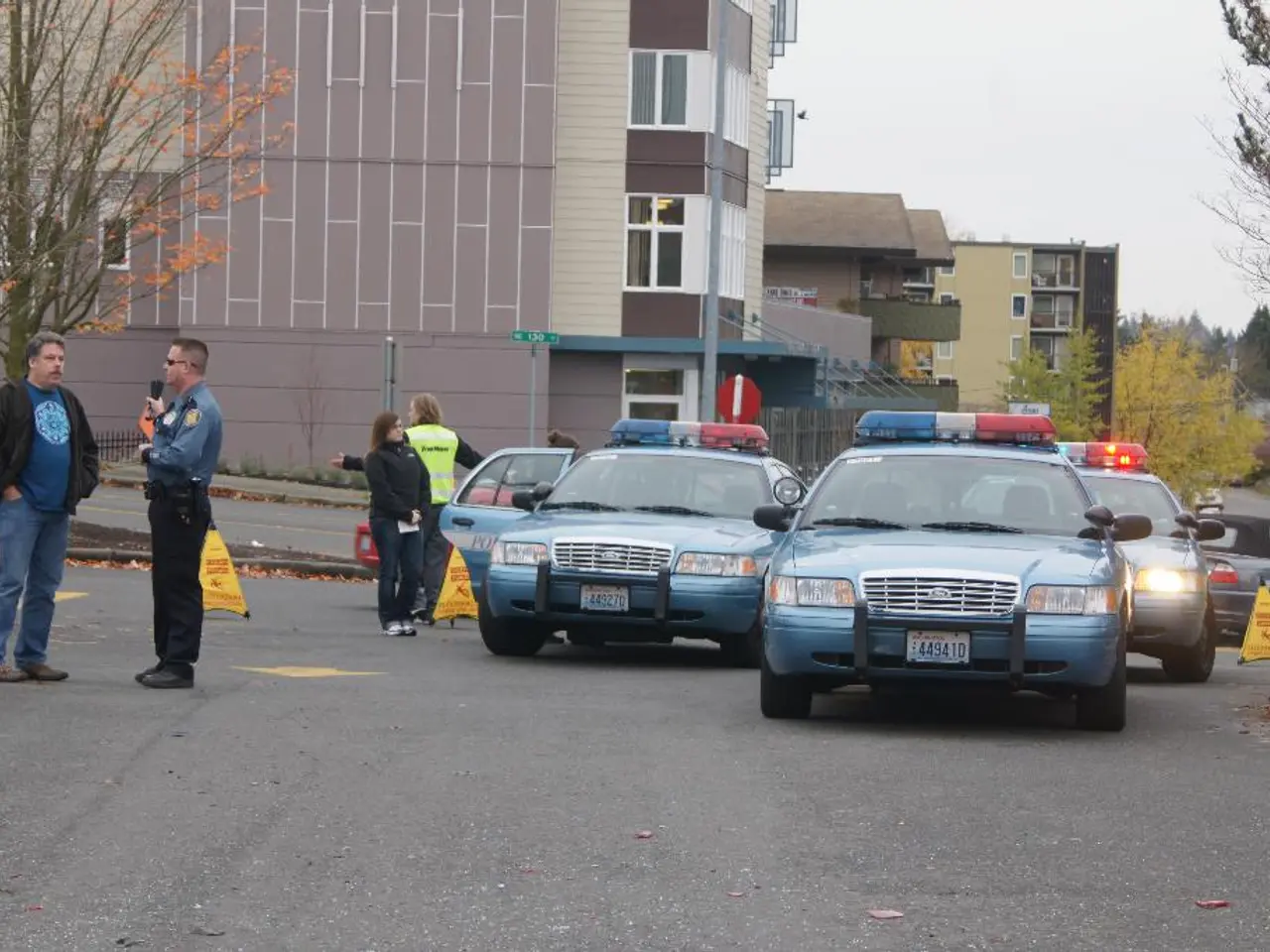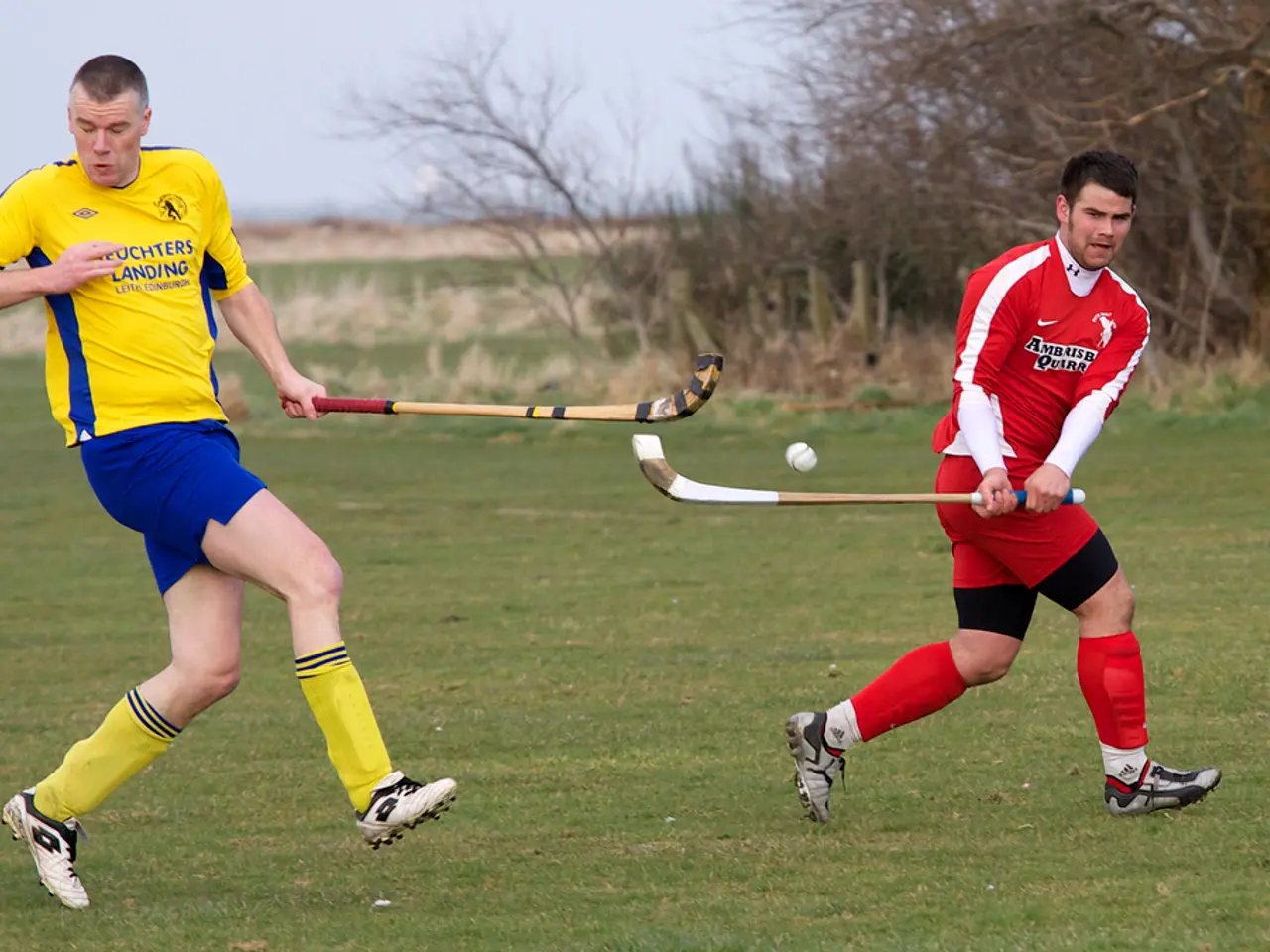Furry pets spark innovation in movie production
Animals have left an indelible mark on the film industry, shaping cinematic techniques and revolutionising the way stories are told. From the early days of motion picture technology to the modern era of computer-generated imagery (CGI), animals have played a pivotal role in the evolution of filmmaking.
Eadweard Muybridge's groundbreaking horse studies, commissioned in the 1870s, were instrumental in developing true motion pictures. His series of photographs, capturing a galloping horse in sequential images, paved the way for the emergence of motion pictures as a new medium.
In terms of creative content and special effects, animals—real and imagined—have been central in storytelling and technological experimentation. Ray Harryhausen, a renowned animator and special effects pioneer, is famously known for animating dinosaurs and other creatures in films such as One Million Years B.C. (1966) and The Valley of Gwangi (1969). His stop-motion animation of animals and monsters elevated visual effects, influencing generations of filmmakers.
The relationship between animals and filmmakers evolved with the advent of CGI in the 1990s. A landmark example is Steven Spielberg’s Jurassic Park (1993), where extinct dinosaur species were recreated digitally with unprecedented realism. This not only revolutionised how animal creatures were depicted but also broadened the possibilities of storytelling through visual effects. CGI allowed for complex animal behaviours and interactions that would be impossible to film traditionally, significantly shaping modern filmmaking techniques and audience expectations.
The bond between filmmakers and their animal companions has a rich history, influencing their work and portrayal of animals in films. For instance, Steven Spielberg's work with a mechanical shark in "Jaws" was influenced by difficulties filming real sharks, resulting in suspenseful techniques now studied in film schools worldwide. Similarly, Alfred Hitchcock's Sealyham Terriers influenced his portrayal of animals as complex characters in films like "The Birds" and "Rear Window".
Modern animal trainers like Teresa Ann Miller focus on positive reinforcement techniques, creating authentic animal performances without forcing them. This approach has been reflected in the work of directors like Wes Anderson and Taika Waititi, who have embraced the unpredictability of animal-inspired moments, allowing them to reshape scenes organically.
Animals on set often serve as emotional anchors for actors working through challenging scenes, helping them access genuine emotional states. This was evident during the filming of "John Wick", where Keanu Reeves' authentic chemistry with the beagle puppies significantly influenced how scenes were shot.
The presence of animals during film production creates a unique atmosphere that transforms the creative energy of a set, fostering spontaneity and emotional resonance. This is evident in the memorable impromptu moment when a cat wandered onto Francis Ford Coppola's set during "The Godfather".
Japanese animation pioneer Hayao Miyazaki's deep connection to his cats manifested in the extraordinarily authentic feline movements and behaviours depicted in films like "Kiki's Delivery Service". Similarly, Pixar director Pete Docter's observations of his family's dogs became fundamental to developing Dug in "Up".
In summary, animals have significantly influenced filmmakers and the filmmaking process in both practical and inspirational ways, shaping cinematic techniques and the industry's evolution. These relationships have shaped the film industry by pushing technical boundaries, expanding visual storytelling, and creating iconic cinematic experiences centered around animal subjects and creatures.
Pets have been integral to the development of filmmaking techniques, with the stop-motion animation of animals by Ray Harryhausen influencing generations of filmmakers. In contemporary times, modern animal trainers like Teresa Ann Miller use positive reinforcement techniques, which have been embraced by directors like Wes Anderson and Taika Waititi, creating authentic animal performances.
The relationship between filmmakers and their pets has also impacted storytelling, as seen in Hayao Miyazaki's portrayal of cats in his animated films, reflecting his deep connection to them. Similarly, the movements and behaviors of Pixar director Pete Docter's family dogs inspired the creation of Dug in the film "Up."
